MS Estonia Disaster Anniversary – What Have We Learned?
Twenty years ago the MS Estonia turned on her side and sank in the Baltic sea with 803 passengers and 186 crew aboard – 989 people in all – who needed to be rescued quickly in dangerous and dark conditions.
The end of this month marks the anniversary of the tragedy and is an appropriate time to assess what progress has been in maritime safety and search and rescue since that date.
But what went wrong on September 28, 1994? The catastrophic listing of the Estonia meant that many of those on board never had a chance of getting out; but the investigating commission found that up to 310 may have done so. About half of these made it into life rafts – many of which failed to inflate properly. There had been no time to launch the ship’s boats.
The water was cold (10–11°C / 50–52°F) and many people were poorly dressed or had no lifejackets. It was, in the jargon, an uncontrolled abandonment. The first ship to arrive on scene did so at 0212, about 20 minutes after Estonia sank. Four more passenger ferries followed.
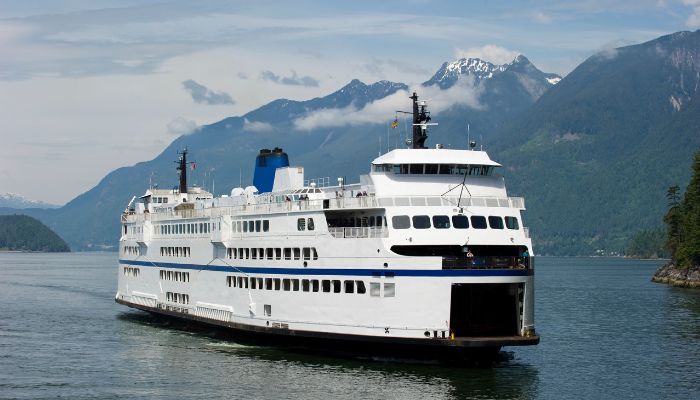
The first rescue helicopter did not arrive until about 70 minutes after the sinking. During the next three hours six more vessels and six more helicopters arrived. 138 people were rescued (one died in hospital later). Of these, 104 were picked up by helicopters and only 34 by ships, although the ships were on scene long before the helicopters. The ships were not prepared for rescue. Their ‘rescue boats’ could not be launched in the conditions: they had to improvise.
So, what has been learned and improved in the last two decades?
In many ways, at least on ships on international voyages, things are better. Ship design and damage stability, and crew training in crisis and crowd management have been improved, for example. Search and rescue cooperation plans have been developed between passenger ships, their operators and SAR services.
Ro-ro passenger ships of the type that responded to the Estonia disaster were quickly required to be fitted with means of rescue and, after long and sometimes difficult debate, all ships on international voyages are now required to have ship-specific plans and procedures for recovery of people from the water – although this regulation only came into force on 1 July 2014.
But not everything is as ready as it might be. Mass rescue operations are rare events, and maintaining enough dedicated capability to respond to them is impractical. There is consequently a ‘capability gap’, which needs to be filled when such an event eventually occurs.
“The IMRF has played its part in helping to improve readiness, and to fill that ‘capability gap’. We took a leading role in the debate on the recovery regulation, for example, and helped prepare detailed guidance when the International Maritime Organization (IMO) conducted a full review of passenger ship safety some years after the Estonia went down. “Said IMRF CEO Bruce Reid.
“Now, with our mass rescue operations (MRO) project, we are seeking to improve things still further, providing a focus on the subject and a forum for discussion. We have run three maritime mass rescue conferences, seeking to learn the lessons of such high consequence incidents.
Our first, in 2010, was addressed by Esa Mäkelä, master in 1994 of the ferry Silja Europa and on scene commander (as the role was then called) for the response to the Estonia disaster. Astonishingly, we were the first to ask him to speak about his experience, nearly 16 years after the event. Learning lessons can be a difficult process.”
From our conferences, and guided by a subject-matter expert group, the IMRF are developing mass rescue guidance covering all the main aspects of such events so that planners and responders can better prepare. Filling that ‘capability gap’, for instance, can be a matter of sharing resources internationally; of identifying and utilising additional resource such as shipping in the area; or of extending survival times by providing on-scene support.
From this gathered and shared experience the IMRF has developed a mass rescue workshop package, designed to bring the main players together to talk through the issues, examining both the problems and potential solutions. Good communication, before, during and after such difficult cases, is vital to good response.
“Disasters like that that befell Estonia,” added Reid “are thankfully rare. But their rarity is part of the problem: it is difficult to maintain readiness. The IMRF’s MRO project – getting the right people talking together and providing them with guidance based on accumulated experience – helps to overcome that difficulty.
It is 20 years since Estonia – and yes, things have improved. But there are still improvements to be made, and we need to focus on them. For, with mass rescue operations, it’s not really a matter of ‘if’. It’s a matter of ‘when’.”
Press Release
Disclaimer :
The information contained in this website is for general information purposes only. While we endeavour to keep the information up to date and correct, we make no representations or warranties of any kind, express or implied, about the completeness, accuracy, reliability, suitability or availability with respect to the website or the information, products, services, or related graphics contained on the website for any purpose. Any reliance you place on such information is therefore strictly at your own risk.
In no event will we be liable for any loss or damage including without limitation, indirect or consequential loss or damage, or any loss or damage whatsoever arising from loss of data or profits arising out of, or in connection with, the use of this website.
Disclaimer :
The information contained in this website is for general information purposes only. While we endeavour to keep the information up to date and correct, we make no representations or warranties of any kind, express or implied, about the completeness, accuracy, reliability, suitability or availability with respect to the website or the information, products, services, or related graphics contained on the website for any purpose. Any reliance you place on such information is therefore strictly at your own risk.
Do you have info to share with us ? Suggest a correction
About Author
Marine Insight News Network is a premier source for up-to-date, comprehensive, and insightful coverage of the maritime industry. Dedicated to offering the latest news, trends, and analyses in shipping, marine technology, regulations, and global maritime affairs, Marine Insight News Network prides itself on delivering accurate, engaging, and relevant information.

About Author
Marine Insight News Network is a premier source for up-to-date, comprehensive, and insightful coverage of the maritime industry. Dedicated to offering the latest news, trends, and analyses in shipping, marine technology, regulations, and global maritime affairs, Marine Insight News Network prides itself on delivering accurate, engaging, and relevant information.
Latest Shipping News Articles You Would Like:
Subscribe To Our Newsletters
By subscribing, you agree to our Privacy Policy and may receive occasional deal communications; you can unsubscribe anytime.




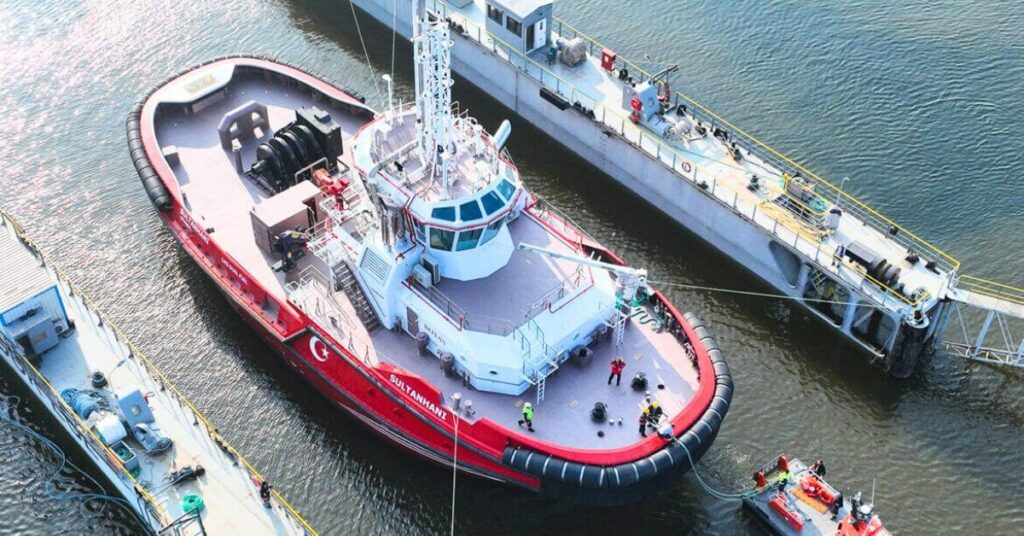
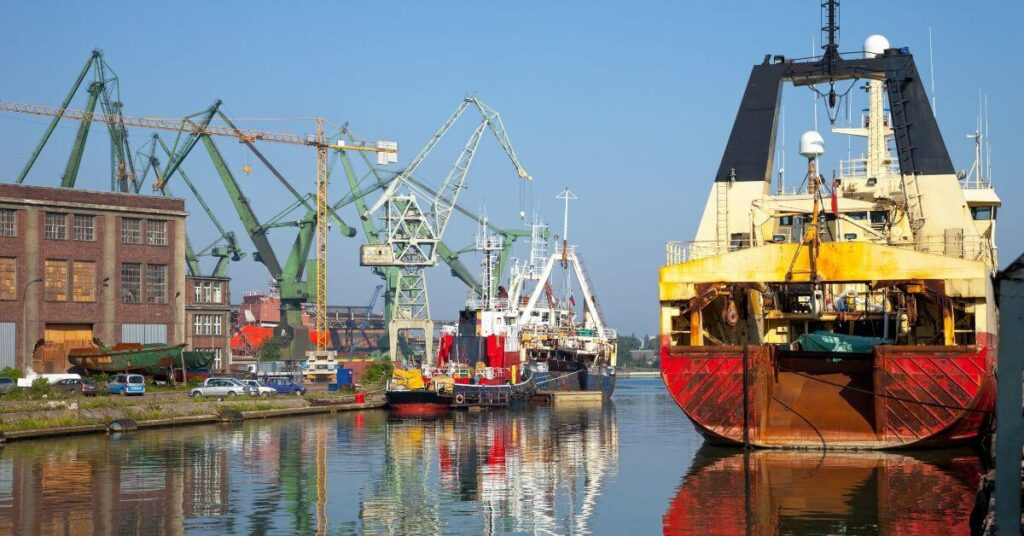
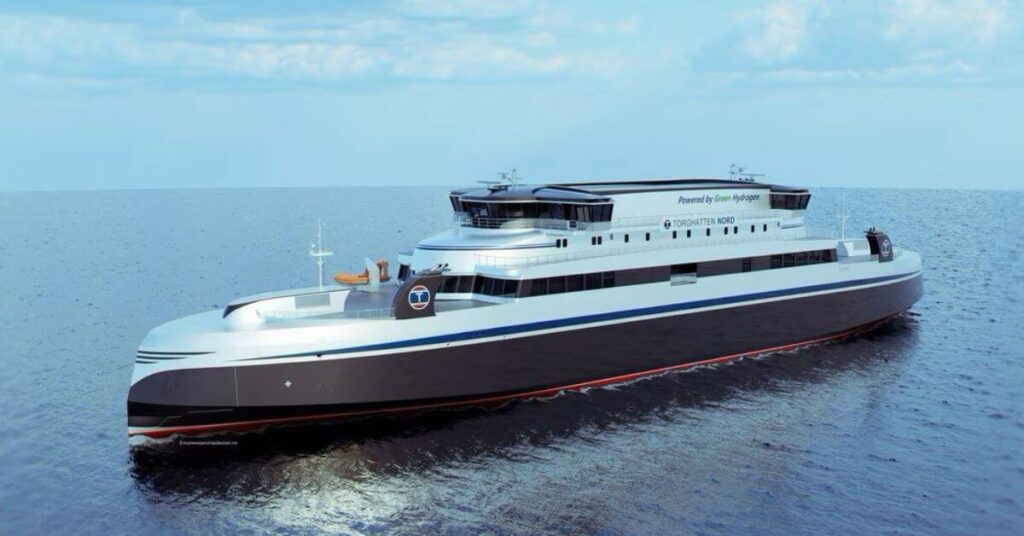
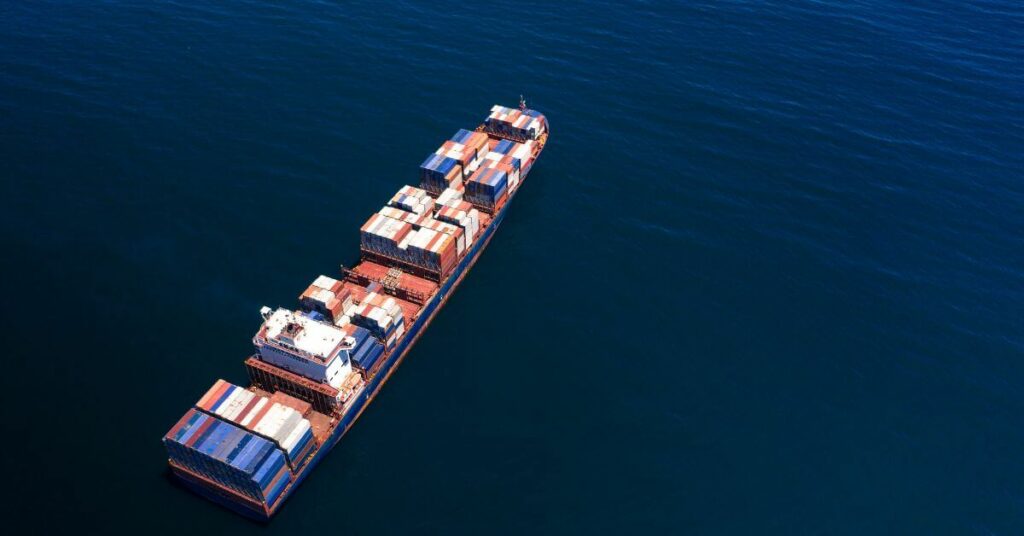
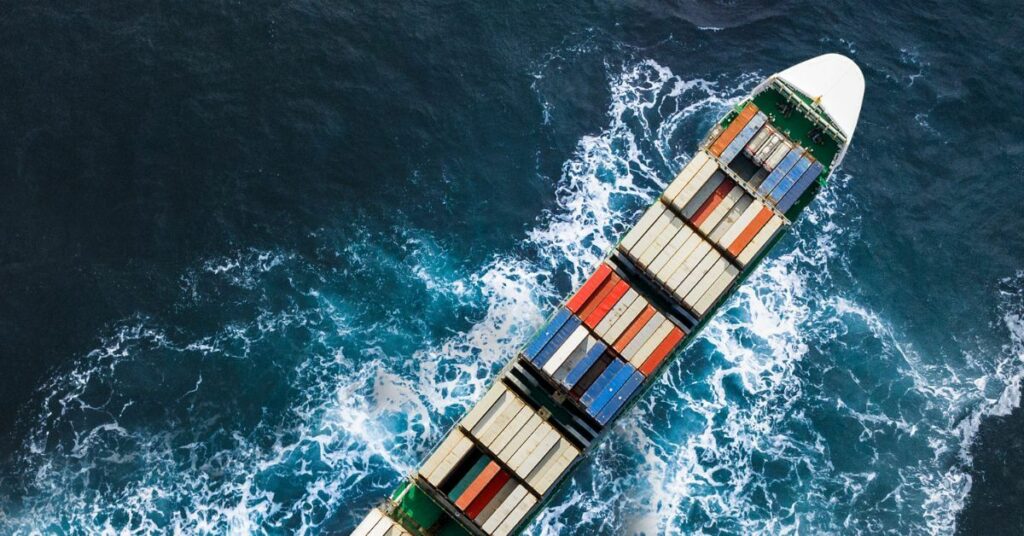
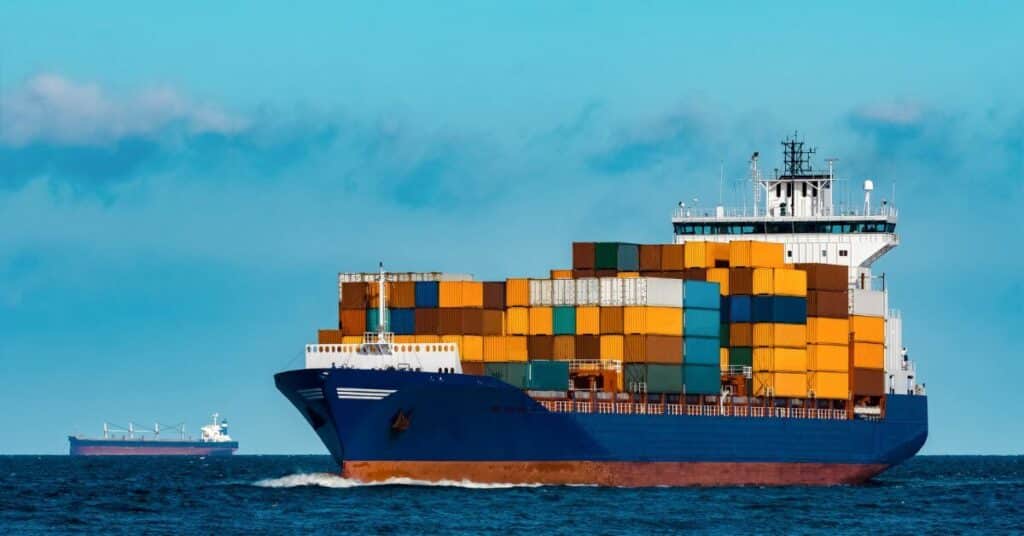
Great job you are doing marine insight